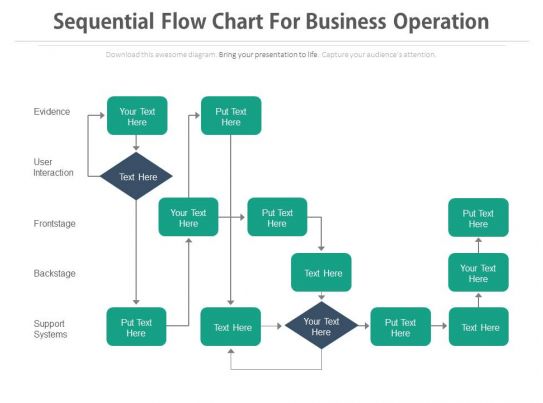Sequential Design Process
The underlying design principle of the PAT process language is to combine a high-level specification language with procedural programs (e.g. An event in PAT may be a sequential program or even an external C# library call) for greater expressiveness. The waterfall Model illustrates the software development process in a linear sequential flow. This means that any phase in the development process begins only if the previous phase is complete. In this waterfall model, the phases do not overlap. Waterfall Model - Design. The waterfall model is a relatively linear sequential design approach for certain areas of engineering design.In software development, it tends to be among the less iterative and flexible approaches, as progress flows in largely one direction ('downwards' like a waterfall) through the phases of conception, initiation, analysis, design, construction, testing, deployment and maintenance. Models of the Design Process 17 September 2008 Bob Glushko Plan for ISSD Lecture #6 Meta-Methodology: Sequential, Iterative, Work Product, and Portfolio Approaches 'User-Centered Design at IBM Consulting' 'An Agile Customer-Centered Method' 'Enterprise Transforming Projects that Don't Kill.
Dre resulting in a buzz for the, then upcoming. Lamar is a member of Hip Hop supergroup Black Hippy, along with fellow West Coast rappers and label mates Jay Rock. He first gained major attention after being mentioned by Dr. Schoolboy Q and Ab-Soul. What does maad city mean.
Experimental studies in the social and behavioral sciences typically follow a fixed experimental [Page 1347]design where the sample size and composition (e.g., experimental group allocation) is determined prior to conducting the experiment. In contrast, sequential experimental designs treat the sample size as a random variable by allowing sequential interim analyses and decision making based on cumulative data and previous design decisions while maintaining appropriate control over experiment-wise errors in decision making (i.e., Type I [α] and Type II [β] error rates). Also referred to as adaptive or flexible designs, current design decisions in sequential designs are sequentially selected according to previous design points.

Sequential designs rely on the principal of stochastic curtailment to stop the experiment if the given data at an interim analysis are.
Sequential Design Process

Define Design Process Ideas
What is the difference between sequential engineering and concurrent engineering Application Notes General Knowledge Subject: What is the difference between concurrent engineering and sequnetial engineering Sequential engineering is the term used to describe the method of production in a linear format. The different steps are done one after another, with all attention and resources focused on that one task. After it is completed it is left alone and everything is concentrated on the next task. In concurrent engineering, different tasks are tackled at the same time, and not necessarily in the usual order. This means that info found out later in the process can be added to earlier parts, improving them, and also saving a lot of time. Concurrent engineering is a method by which several teams within an organization work simultaneously to develop new products and services and allows a more stream lined approach.
The concurrent engineering is a non-linear product or project design approach during which all phases of manufacturing operate at the same time - simultaneously. Both product and process design run in parallel and occur in the same time frame. Product and process are closely coordinated to achieve optimal matching of requirements for effective cost, quality, and delivery. Decision making involves full team participation and involvement. The team often consists of product design engineers, manufacturing engineers, marketing personnel, purchasing, finance, and suppliers.